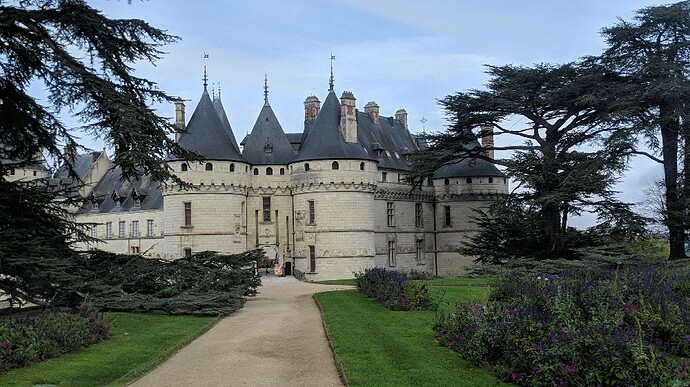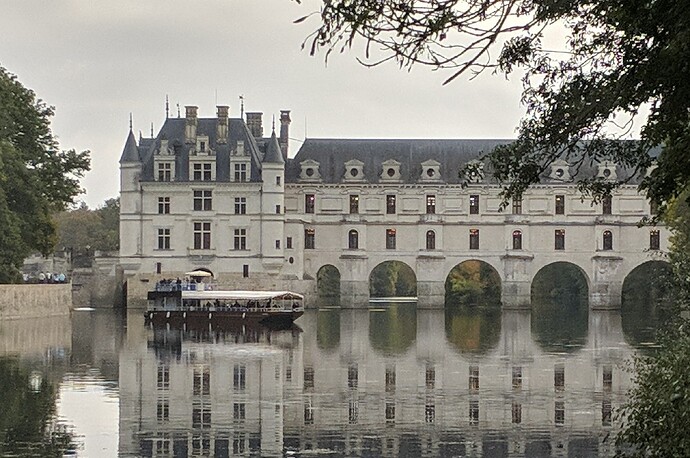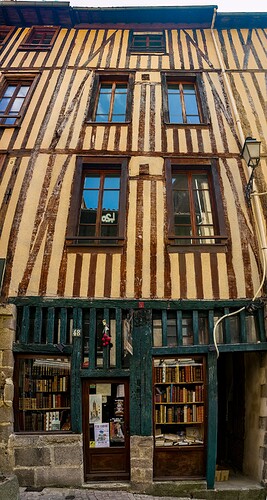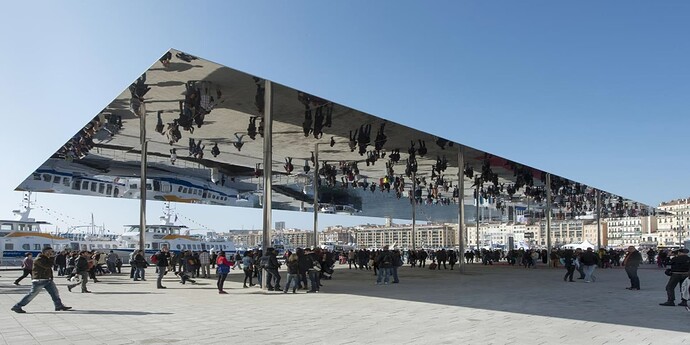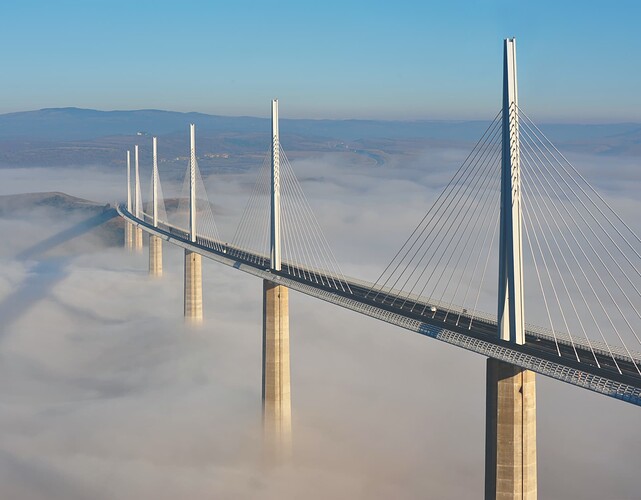It is not a grand structure but I passed it regularly and keep thinking of this brave man The Haute Valley: The Story of Lieutenant Paul Swank — Jack Carbee Blog
THE STORY OF LIEUTENANT PAUL SWANK-US ARMY
D117 winds along the Aude River through impressive hills. Between Alet-les-Bains and Limoux rests the body of Lieutenant Paul Swank, an American soldier killed during Operation Peg in August of 1944. The spot is beautiful and the monument is impressive, but the story is what makes this episode of history remarkable. Ironically, the operation was named in honor of Swank’s fiancé, Peggy Snyder.
Sixteen American soldiers and their equipment parachuted into the hills near Alet-les-Bains in the dead of night on August 11, 1944. They were deployed from Algeria with the mission to disrupt the German supply chain and hamper the retreat. The allies were advancing and the resistance movement was gaining importance; early in the war this area was under control of the Vichy. The planes could not deliver the troops to the desired drop zone because of the height of the mountains and they landed 12 miles from the target near the town of Salvezines. Three were injured in the drop, but the town was well protected by the Maquis (resistance) and they received treatment by residents. Two were able to rejoin the operation.
The next two days were spent familiarizing the Maquis with the weapons that were airlifted along with the Americans. During this time a strategic railroad bridge was destroyed and three stone bridges along route 117 were damaged or destroyed. With news of the American’s arrival the number of resistance fighters grew from 25 to almost 250; weapons were limited and others had to be turned away. One of the goals of the operation was to capture the German supply depot in Couiza. It harbored enough food to sustain thousands of soldiers for weeks and was guarded by over 200 German soldiers. When this fell into the hands of the Maquis, families in the area benefited as the supplies were distributed.
The center of planning for the operation moved to Quillan where lieutenants Swank and Weeks used the local Maquis’ knowledge of the area to finalize the attack. Nine captured Germans provided additional information. On the 16th of August the plans were finalized and the following day it was initiated. Hoping to slow the advance of the German convoy, Lieutenant Swank detonated charges in the hillside above the main route. When he returned to assess the damage to the road, he understood that the ambush was hopeless-the Germans had been alerted and tied Couiza residents including the mayor and the village priest to the roofs of the trucks. Forced to fight under unfavorable conditions and outnumbered by over 200 men, Swank ordered the force to retreat. He covered them, receiving four wounds before falling. From a prone position, he continued to fire until he was shot in the throat. The German commander was quoted, “Never have I seen a soldier fight so gallantly against such overwhelming odds.”
On August 18th the villagers of Alet-les-Bains held a funeral for Lieutenant Swank and he was buried. But the story is much more interesting than that. Villagers in Quillan feared that the Germans would attempt to desecrate Swank’s corpse. A narrow coffin was designed and after a funeral service in the church, he was interred in the family crypt of a local soldier, Joseph Erminy, killed in 1940. The force of Americans continued to fight and joined up with the main force pressing north and east toward Montpelier.
After the war Lt. Swank’s body was returned to Cape Giradeau, MO for burial, but documents revealed that his will stated a desire to be buried where he fell. Cooperation between the French and United States governments resulted in his body being relocated to the place between Limoux and Alet where the crypt and monument now stand. But it wasn’t easy. It took five years of negotiations and the intervention of the American ambassador to France before the final resting place was completed.
Each August 17th the townspeople of Alet-les-Bains hold a memorial service which concludes at the monument. They honor both Lt. Swank and the three Maquis who were killed in the action. Paul’s mother made the trip several times before she became too old and other relatives have participated. In 1994, a woman who had tended Lt. Swank’s body in Alet returned a pen to an American cousin which had been removed from the corpse by a German officer. She had saved it for 50 years.
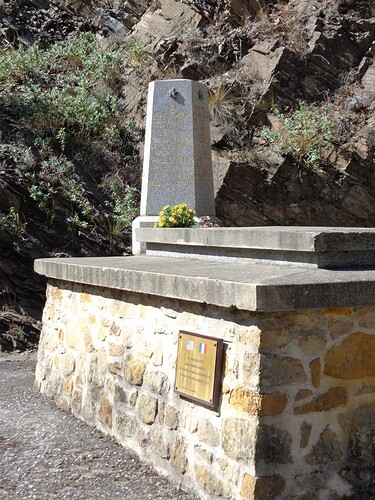









 )
)
